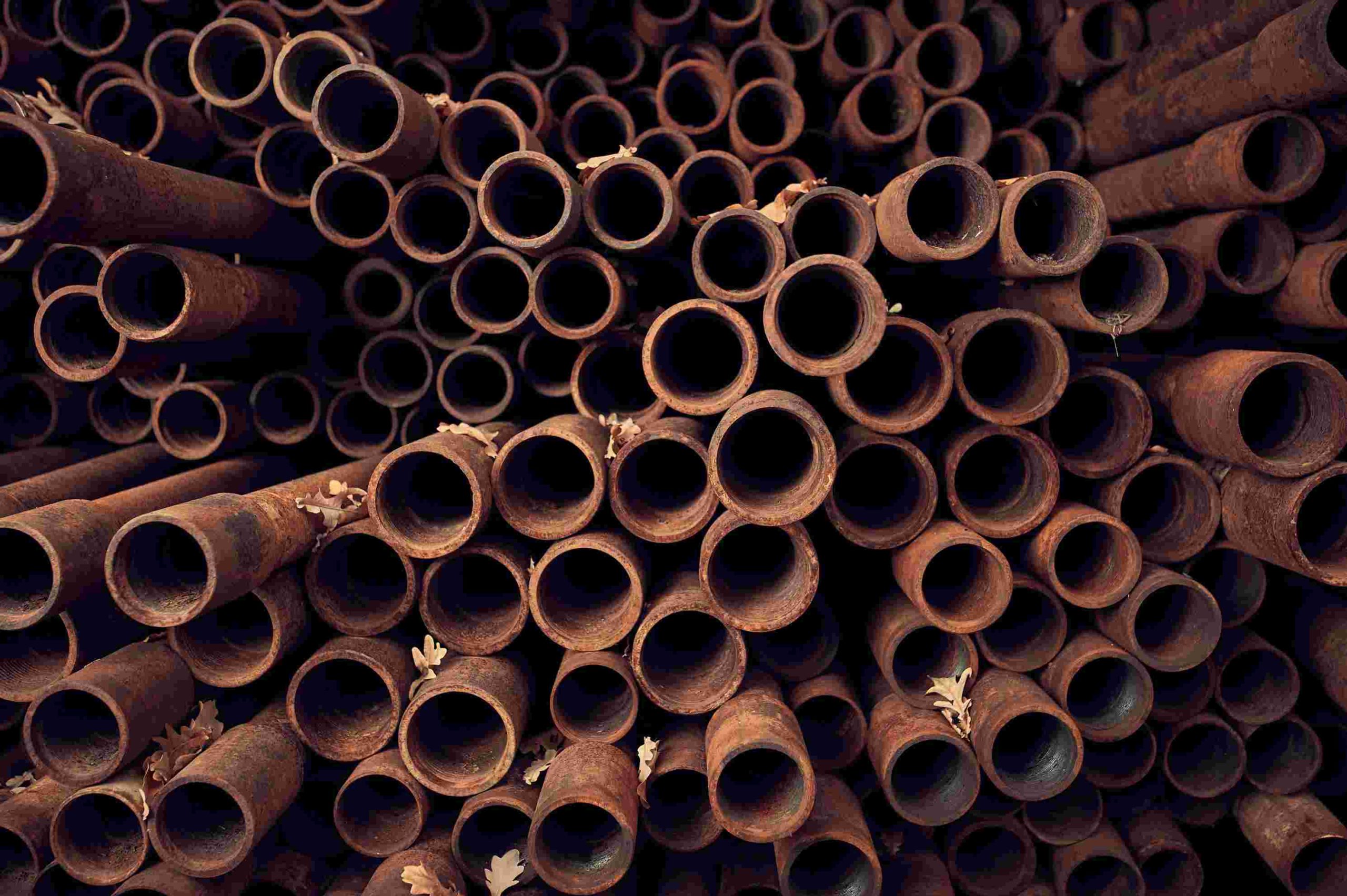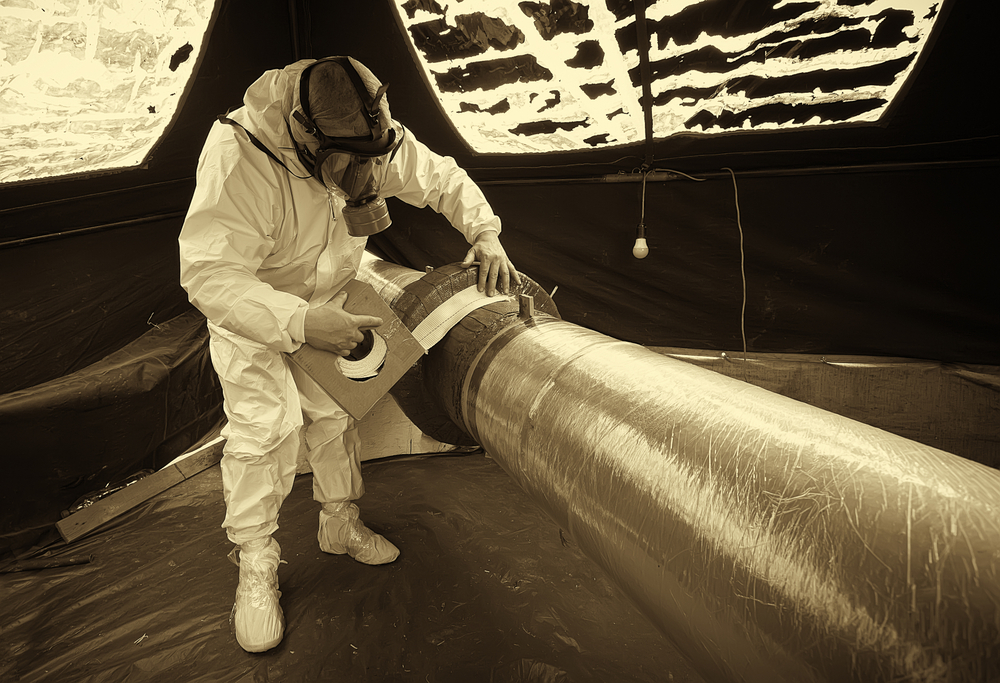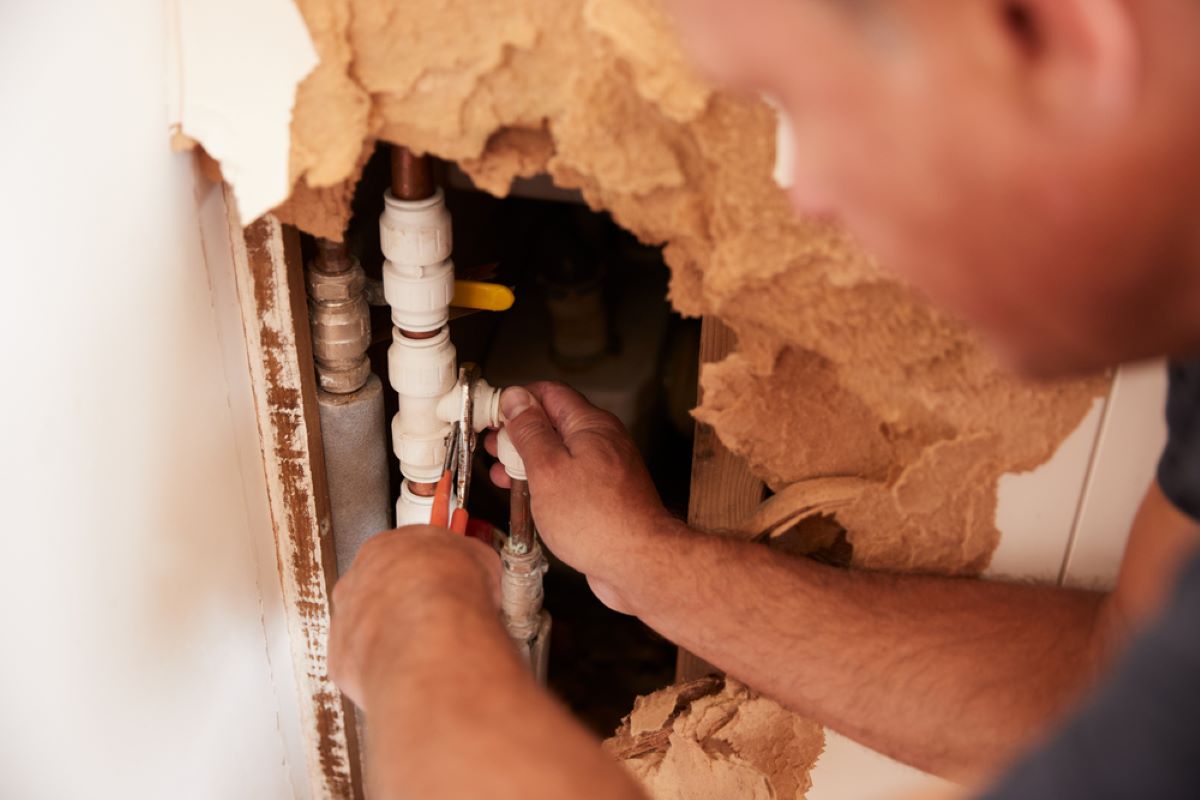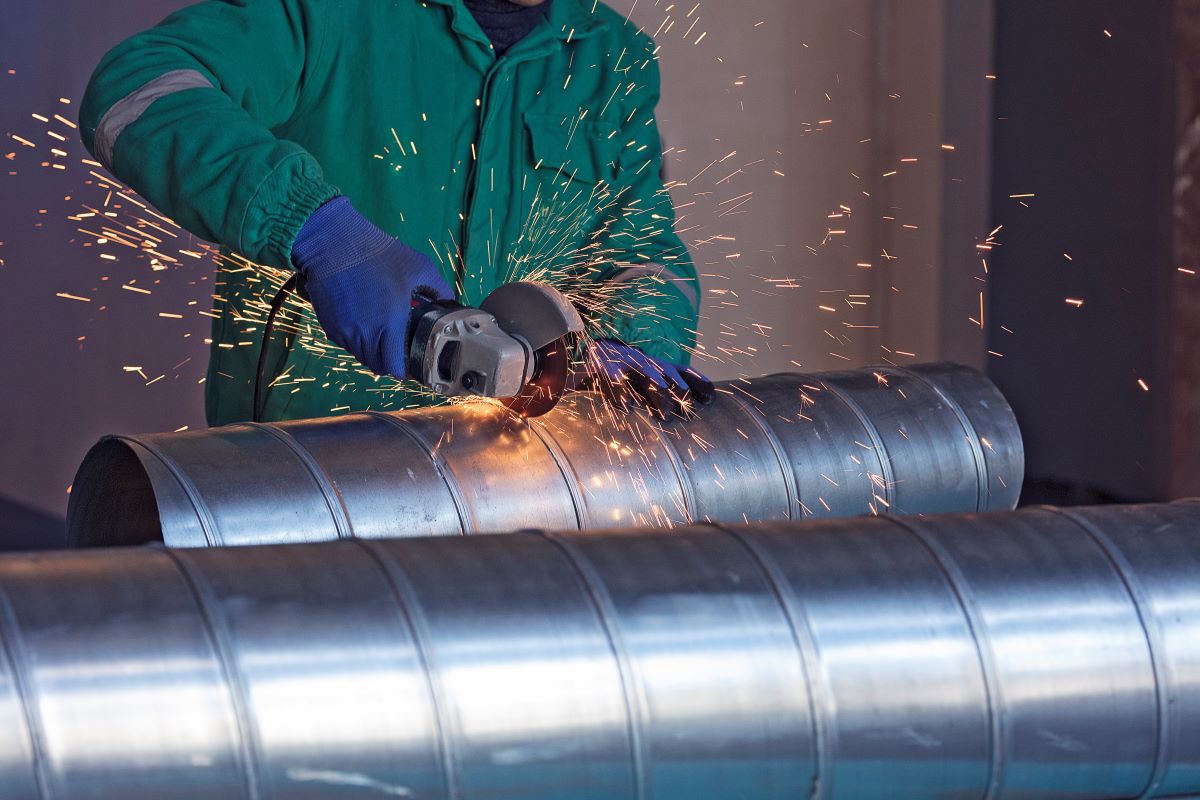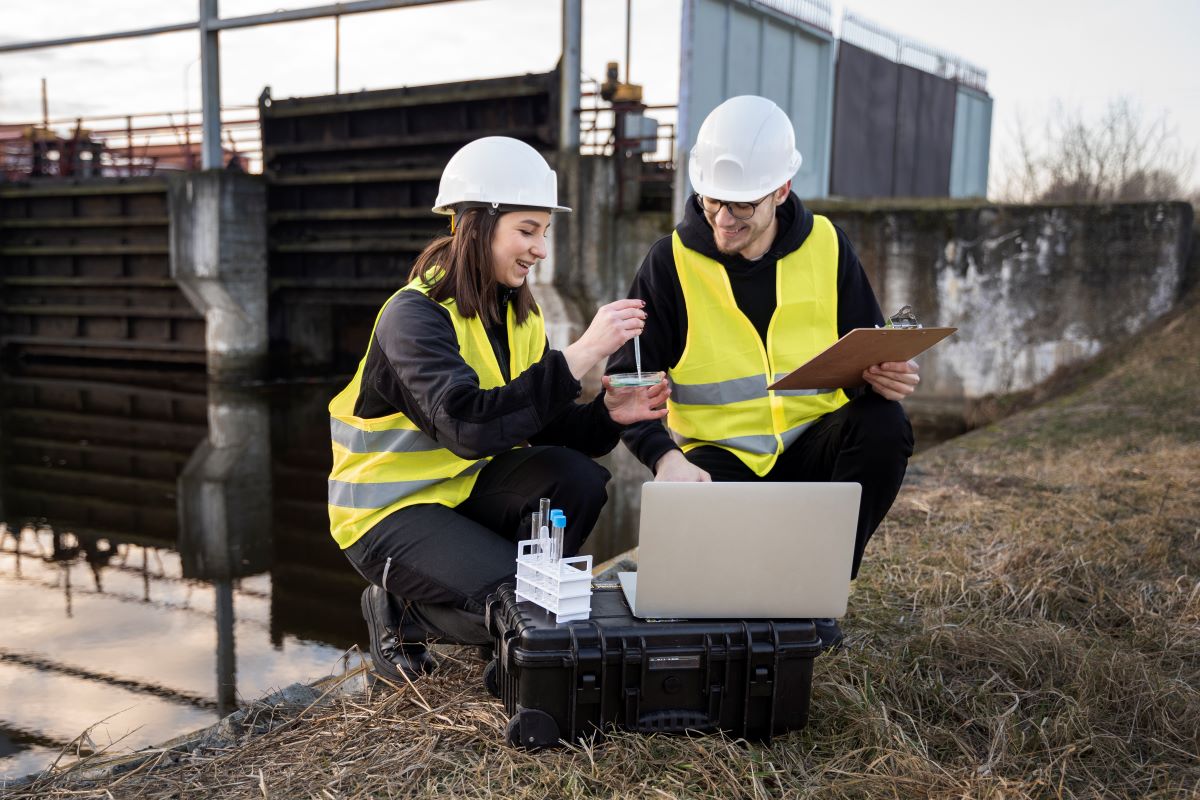Internal pipe corrosion is a common problem in the oil and gas industry. Regardless of the material used to manufacture pipelines, they become corroded after some period. Corroded pipes cannot efficiently facilitate the distribution of specific products, such as petroleum and other chemicals. Also, the chemicals released during the corrosion process are hazardous to the environment.
A country without a complex web of underground pipelines is like a body without arteries. The pipeline network in the United States is about 2,225,000 kilometers long, which mainly supplies gas and oil. These pipelines are considered 70 times safer than trucks. Unfortunately, most of these underground structures are more than 50 years old, which makes them susceptible to damage.
What is Pipeline Corrosion
Pipeline corrosion refers to the electrochemical deterioration of the structure of a pipe when it comes in contact with a reactive substance or external environment. Pipe corrosion can occur both on the inside surface and the outer surface of a pipe.
When a pipe becomes corroded, it is more likely to leak substance. This metal electrochemical reaction can keep on occurring unless effective preventive measures are not taken. To prevent pipeline incidents, construction professionals need to come up with sustainable pipeline monitoring and maintenance solutions. Fortunately, there are various methods to reduce corrosion in pipelines that you can implement in your project.
Mainly, there are two types of pipe corrosion. Internal corrosion leads to approximately 12% of all incidents related to pipe leakage and damage of pipe connections. On the other hand, external corrosion accounts for about 8% of pipe breakage incidents.
What Does Internal Pipeline Corrosion Mean
Corrosion of a pipe from the inside occurs in the presence of molecules such as carbon dioxide, hydrogen sulfide, and water. Normally, these molecules don’t react invasively with the interior coating of a pipe or with an internal pipe coating.
The anodic and cathodic reaction of pipeline interior coating with substances causes corrosion in the long run. The product of these reactions typically accumulates inside pipes, which prevents further corrosion from taking place. But after years of chemical reaction, this inhibition factor slowly diminishes away and leaves the pipe layer to corrosive reactions.
It is essential for pipeline maintenance professionals to integrate internal corrosion monitoring systems in any construction project. Detecting the problem at an early stage would prevent costly repairs and deadly health hazards in the long run. Luckily, contractors can install FlexSleeve, which is a flexible and lightweight internal sleeve solution.
What Causes Internal Corrosion?
There are various factors that lead to the internal corrosion of a pipeline. Mainly, this process occurs gradually. As the metal starts to deteriorate, it weakens the affected metallic area of the pipe. When left untreated for a long period, the affected region cannot facilitate the flow of fluid at operating pressure.
In most cases, corrosion occurs due to the presence of contaminants found in the transported substance. When the contaminants react with the internal coating of a pipe, it increases the overall oxygen content of the liquid. Also, change in temperature and flow rate of fluids can trigger the corrosion process. Fortunately, you can enhance the sealing efficacy of your pipelines with the help of robust joint pipe rings.
Types of Pipeline Corrosion
Let us take a look at how metals underwent degradation in different forms and cycles.
Uniform Pipe Corrosion
As its name suggests, in this type of corrosion the degradation takes place uniformly across the entire surface of the pipe. The walls of the pipe keep on thinning continuously at a gradual pace until there is no more material left to hold liquid.
Cast irons and steels are more likely to suffer from uniform corrosion when they come in contact with reactive substances. The rate of uniform corrosion is measured by inspecting the penetration of the surface in millimeters over a certain period.
Pitting Corrosion
Pitting corrosion is highly destructive, as it can only be detected once the affected area has been fully ruptured in this type of corrosion, the penetration is confined to a particular point of surface area. Once the pitting process is triggered, it quickly creates cavities or holes in the walls of a pipeline. These cavities can take various shapes such as elliptical, narrow, and vertical grain shapes.
Pitting usually occurs in passive metal types such as stainless steel and aluminum. The environment and metallurgy related to the affected pipeline region can determine the rate at which further pitting might occur. If the ventilation of air is high near the pitted spot, then it has more chances of recovering. This natural recovery takes place when the oxide is formed in the cavity.
By keeping the pH levels and chloride concentration in check, pitting corrosion can be reversed. Also, the contractors should also carefully select pipeline materials that are resistant to the nearby environment.
Crevice Corrosion
This type of corrosion refers to differential oxygen availability between two joining surfaces within a specific pipeline. The part of the pipe that gets less oxygen becomes the anode in the chemical reaction process. This means. To avoid crevice corrosion, you can replace riveting joints with welding joints, which would ensure uniform oxygen availability.
Galvanic Corrosion
Galvanic corrosion takes place when two or more electrochemically dissimilar alloys or metals come in electrical contact. For example, when a copper pipeline is connected with a steel surface, then the chances of electrical connection are increased. This deteriorative process can be prevented by choosing materials that are closer in the galvanic series.
Conclusion
We hope through this guide, you will be able to get a basic understanding of what internal pipeline corrosion is and how it is caused. To keep internal pipe corrosion in check, regular monitoring and testing are essential. When regular maintenance is practiced, the corrosion process can be slowed down and the lifespan of pipelines can be increased.

